Today there is such confusion about the concept of greenwashing that even many fashion designers try to avoid associating their signature with the term although greenwashing and sustainable fashion are often connected.
A leader on the subject is Greta Thunberg. She has spoken out about it, denouncing that the fast fashion industry is deceiving people with greenwashing and asking influencers and the media to raise awareness about the link between fashion and the climate crisis.

But, what is greenwashing?
Greenwashing or eco-laundering is a term used to refer to immoral practices in marketing strategies when companies claim that a product is sustainable or that it adopts practices that reduce environmental impacts when objectively, it does not.
This expression was first used in the 80s by environmental activist Jay Westerveld in an essay for a magazine.
As interest in sustainability increases, greenwashing grows proportionally. This happens because companies, taking advantage of the growing concern about environmental problems, try to create a positive corporate image to attract consumers’ attention through misleading or often false claims, obtaining more sales and consequently more profits.
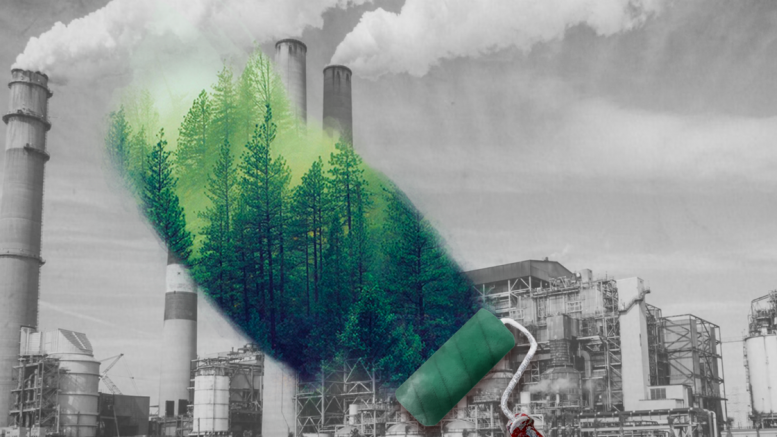
Can fashion really be sustainable?
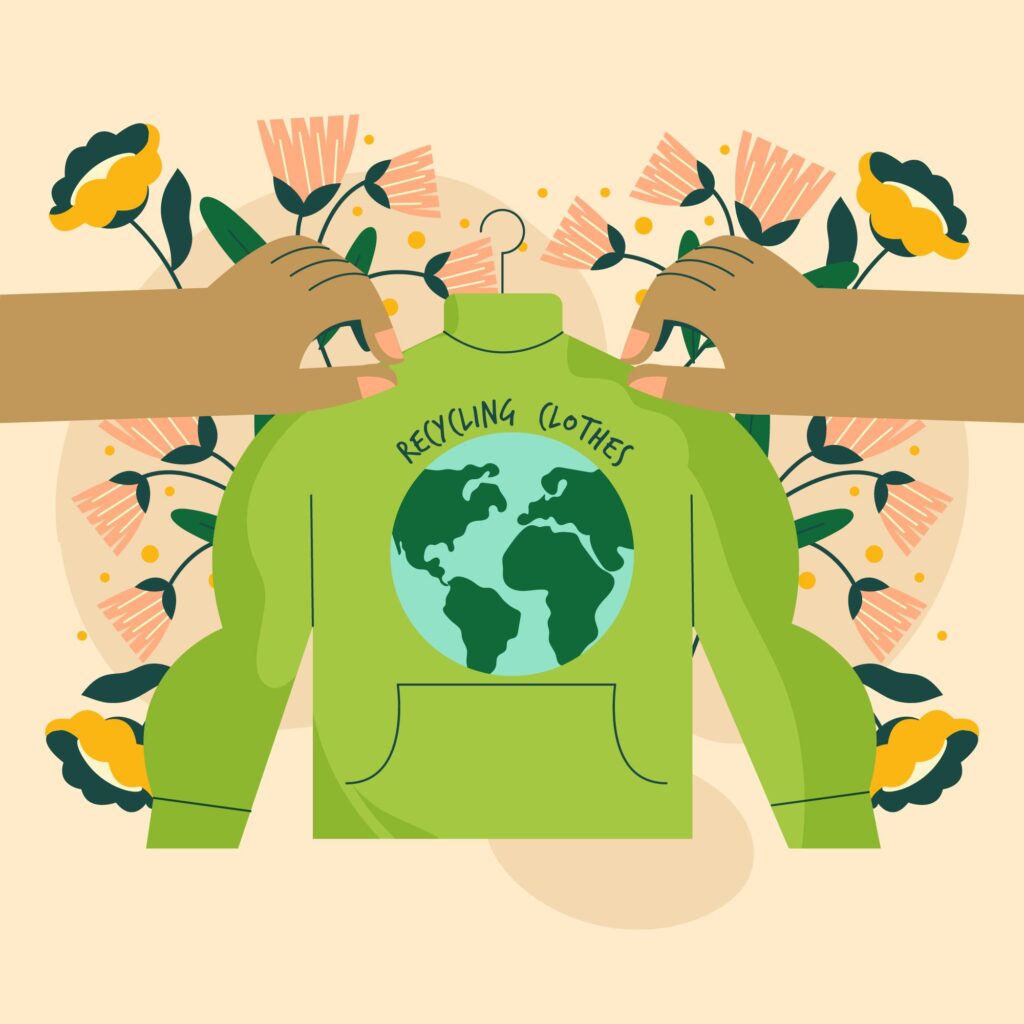
Regarding the textile industry, there is a contradiction between fashion and sustainability, especially since most brands have a business model based on large-scale production. Usually, garments are discarded because they are of poor quality or because new trends make them ‘old’, creating a high expenditure of raw materials and resources without considering the environmental footprint they leave and its consequences.
On average, people wear their garments seven to ten times before disposing of them. The fast fashion companies support this attitude responsible for encouraging overconsumption and obtaining greater economic benefits by producing tons of garments every day at a low price.
It is, therefore, no surprise that fast fashion companies are the part of the industry that has grown the most in the last 20 years.
Wrong data, but only on labels
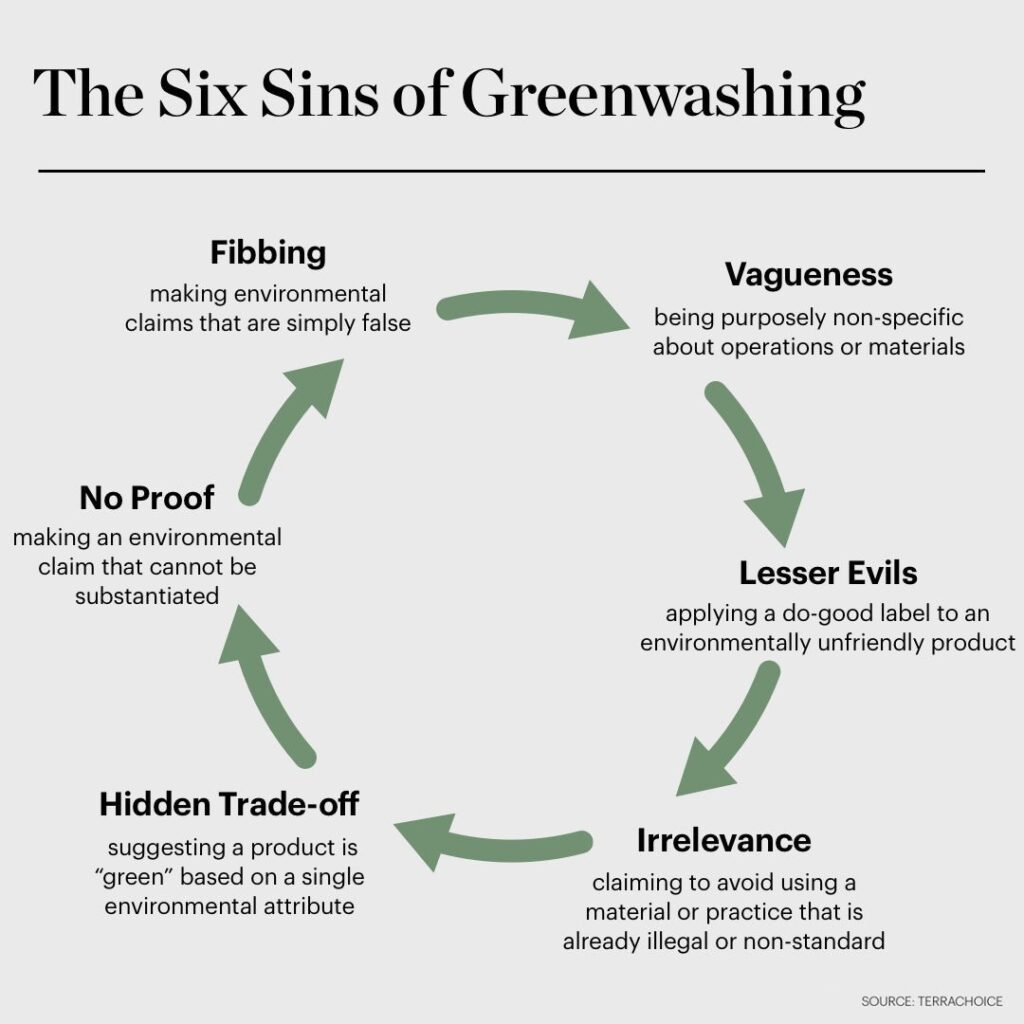
The main problem of greenwashing in the fashion industry starts with malicious information and misleading claims that a product is sustainable without presenting any accurate proof that it really is. The goal is to entice consumers to buy a “green” product that really is not, because of the materials used or the method used to produce it.
While the fashion industry currently demonstrates efforts to lessen its environmental impact, fallacious information complicates the job of building a truly sustainable industry. The result is that consumers who want to buy responsibly are confused by disguising a collection or action as “sustainable”
Real cases
H&M introduced a sustainability scoring system for its online products as part of a trend toward greater transparency. Another case is Zara, launching this November, in the United Kingdom, “Zara Pre-Owned” a resale, repair, and donation service as part of its commitment to circularity to help its customers extend the life of their products.
Like the giant Inditex, other fast-fashion brands have launched resale platforms. The ultra-fast fashion firm SHEIN presented “SHEIN Exchange”, a resale platform integrated into its mobile app where users can buy and sell the clothes of the brand they had bought previously.
But as Maxine Bédat told Vogue: “When you lead people to believe that a product can be recycled or have a second life — as is the case of these resale platforms — people end up consuming the primary good even more, because it is seen as a purchase with no consequences.” The result was only that the problem was not tackled at its root but disguised under another name.
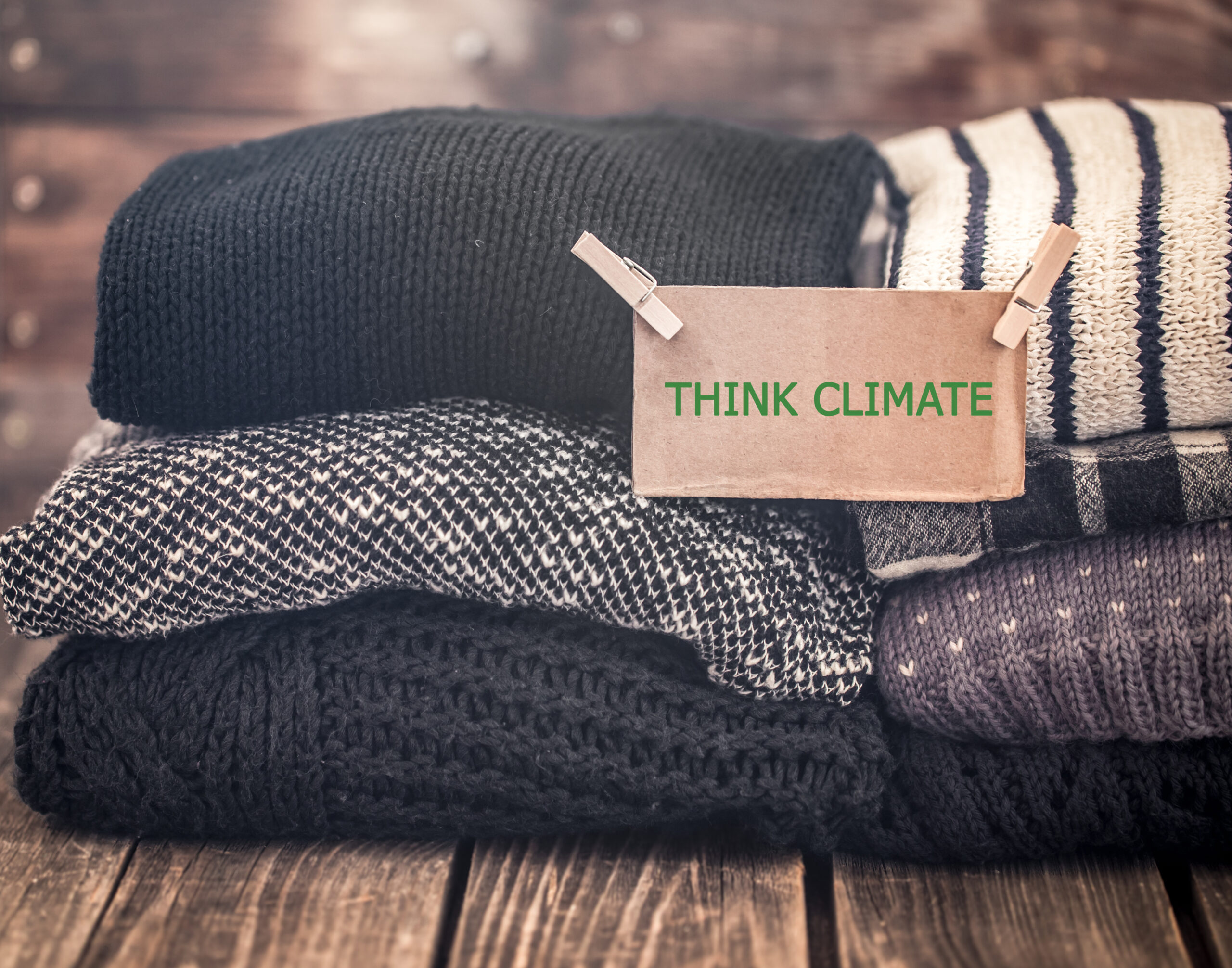
Social Media Influence
However, we could say that the consumption of fast and ultra-fast fashion also originates in the content published by fashion brands on their social networks. The continuous publication of products and the use of influencers to attract thousands of followers create a constant need and demand for consumption.
An example of this is the fashion hauls that influencers publish daily on their platforms. The sole objective of this trend is to show the recent purchases of garments and accessories, mostly from fast fashion firms, creating a desire for consumption in their followers.
Another example is the fast fashion brand Boohoo which recently named Kourtney Kardashian as a “sustainability and style” contributor. In the words of the firm itself: “with this collection, we have taken into account sustainability in many aspects, introducing vintage garments, recycled materials, and labels that include waste from corn production”
But a resale platform or a deceptive advertising campaign does not make a firm sustainable overnight.

Is there a possible solution?
By the lack of appropriate regulation in this area, initiatives have emerged from regulatory bodies committed to sustainability. They have initiated investigations and established certain guidelines against greenwashing. However, the main criticism of environmental organizations is based on what could be the best way to measure and spread the environmental impact of fashion.
There is no doubt that the fashion industry has come to a difficult crossroads where it’s currently experiencing a lack of transparency. The most effective way to combat it is by having fact-checked information to help us understand the negative environmental impact of the industry and be part of responsible consumption.
Thanks to organizations like Fashion Revolution, Clean Clothes Campaign, and the Ellen MacArthur Foundation, consumers can start asking questions, understanding if they are being responsible for the environment or if they are being part of a greenwashing practice. At the same time, as it is public information, it becomes a tool of pressure for companies to make lasting changes to their business model.
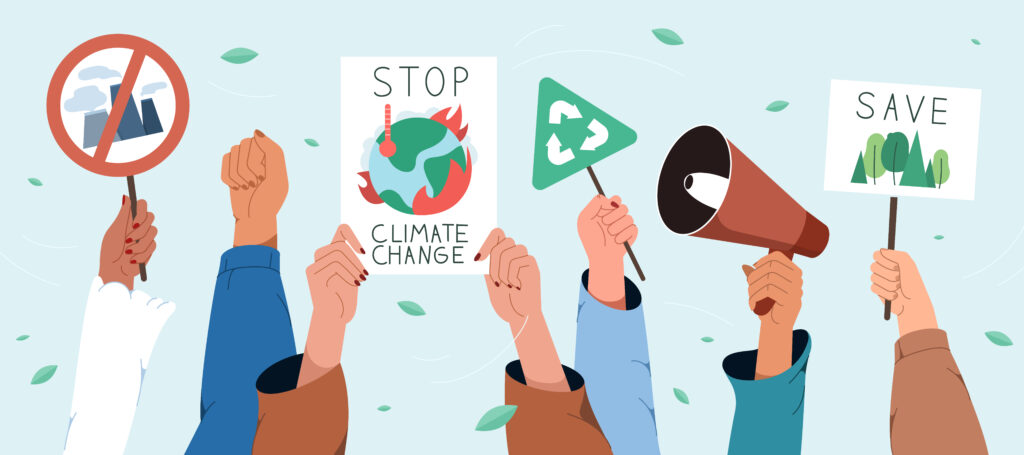
Where to find more information?
To be informed and find all the details we need, we can search on social networks and follow activists such as Sophie Benson, Stacey Dooley, Meg Doyle, Clare Press, Maxine Bédat, or Venetia La Manna or use applications such as good on you.
As consumers who love fashion, let’s take care of our clothes. We can also try to reduce fast fashion purchases without demonizing them. Let’s simply buy what is needed without losing sight of the five Rs of fashion: Reduce, Reuse, Recycle, Repair, Resell.
And always keep in mind the words of Vivienne Westwood: Buy less. Choose well. Make it last.





